Hidden treasures
By Wang Kaihao In Longshan County, Hunan Province ( China Daily ) Updated: 2015-05-23 06:59:14
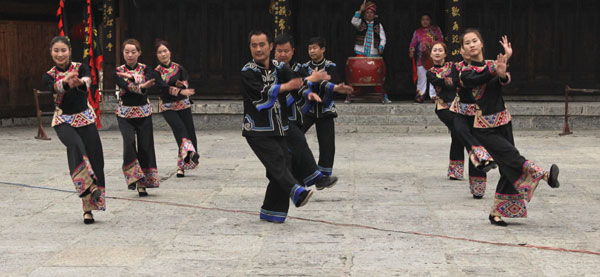 |
|
Traditional handwaving dance of Tujia ethnic group in Rebala.[Photo by Wang Kaihao/China Daily] |
Rich with history
The current layout of Liye was formed during the reign of Yongzheng (1723-35), and most surviving houses were built in the late 19th century. However, the town's history is much older. I didn't expect to find a great museum in such a small town with only 10,000 residents, but there is one - Liye Qin Slips Museum.
In 2002, archaeologists unearthed a city relic and more than 37,000 pieces of Qin Dynasty (BC 221 to 207) bamboo slips from several abandoned wells in Liye's riverbank. Only 10,000 Qin slips had been found in all of China prior to this major discovery.
When the war at the end of Qin Dynasty finally reached this town of crucial military importance, local officials decided to destroy all their documents by throwing them into wells.
Those slips record the history and social systems of the Qin Dynasty like an encyclopedia. They even include the world's earliest multiplication table, which is among about 300 slips now exhibited in the museum.
The areas surrounding Liye is more like a living museum. A village cluster called Rebala is generally considered to be the best preserved Tujia ethnic group community in Xiangxi.
A rugged one-hour trip in a minibus in the rain from Liye to Rebala is unpleasant. However, I soon find myself being welcomed by hospitable villagers toasting rice wine by the front gate of their fortress and suddenly the rough journey feels worthwhile.
The rains stop and we relax enough to cross a timber bridge across the water, and take a walk amid traditional Tujia diaojiaolou (literally means "foot-hanged buildings"), and view the backdrop of green mountains half-shrouded in fleecy mist.
Villagers do not hesitate to perform folk songs for us. A local opera called laliuzi without any lyrics is interesting. Performers only use gongs to create different sounds. More than 70 different musical scores of the opera survive.
When the short performance ends, we cannot help but join the Tujia people's famous hand-waving dance, not to mention a fabulous dinner in the village. We immediately fall in love with the iconic Xiangxi bacon. I have heard about the delicate Tujia tapestry for a long time and so I feel slightly disappointed to discover the village's leading tapestry weaver is in the city for a conference about intangible cultural heritage.
- Egrets in Longshan scenic spot in North China's Hebei
- Picturesque spring scenery in Bomi county in Tibet
- Yushan: Small Chinese county hosts international billiards event
- Spring turns thermometer back to winter in Hunan
- Vibrant heritage of Hunan crafts
- National Folk Arts and Crafts Exhibition held in Hunan
|
|
|
|
|
|
|
|






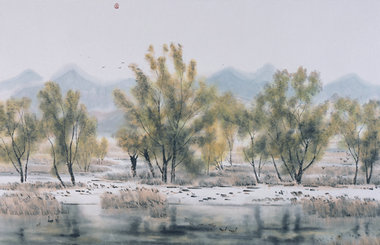
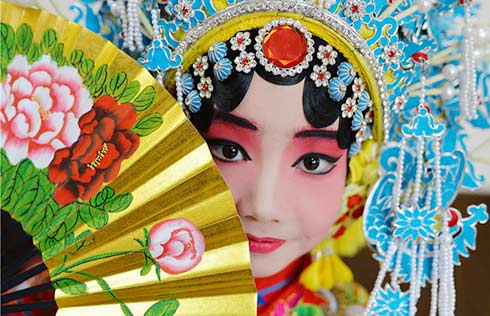








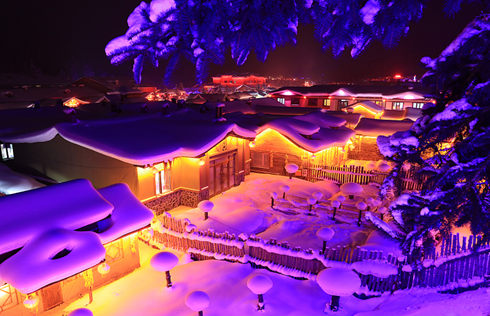
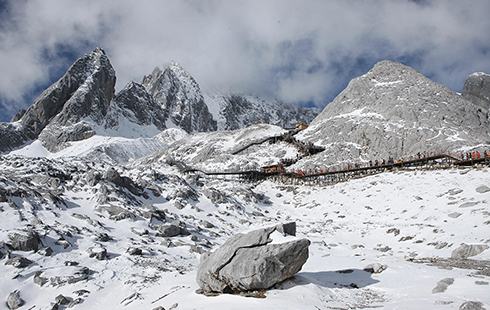



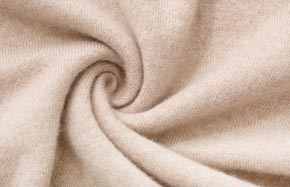



 Raymond Zhou:
Raymond Zhou: Pauline D Loh:
Pauline D Loh: Hot Pot
Hot Pot Eco China
Eco China China Dream
China Dream China Face
China Face






